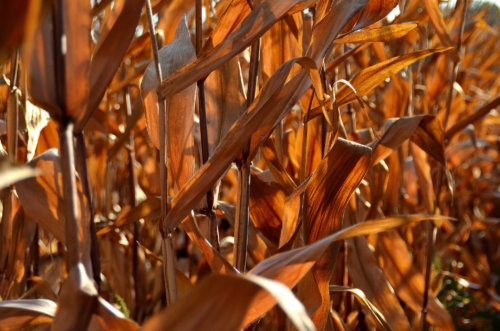How Corn Influences The Mayan Calendar
Around five thousand years ago, Mayans relinquished their nomadic habits and began cultivating maize– and the rest (literally and figuratively) is history. Maize (a distant cousin of the more Americanized corn) is a cornerstone of Mayan culture, representing the historic, mythologized past and counting the days of the future. It is more than a way of life– it is life’s very fabric.
According to Mayan mythology, almost everything can be traced back to maize. The first humans were fashioned out of an ear of corn and the world tree (which dictates the four cardinal directions) is sometimes said to be a stalk of maize. The cultivation of maize was considered a literal gift from the gods (the god Itzamna specifically) and Hun-Hunahpu was said to be the god of maize, a symbol of rebirth for Mayan mythology. One of the most important gods in Mayan tradition, Yum Caax (‘Master of the Fields in Harvest‘ and a creator god) was depicted as having his head in the form of an ear of corn– and there are several other gods within the Mayan pantheon related to maize as well, like Ah-Mun and Chen.
It’s of little surprise, then, that the Mayan calendar– our way of marking and celebrating time– was founded around the cycle of maize. In late April, when the sun reaches its zenith (and passes directly overhead), the planting season for corn begins; the second zenith in August, 105 days later, indicates it is time to harvest the corn. Of the 365 day agricultural calendar, the remaining 260 days mark the sacred Mayan calendar– about nine months (a symbolic length of time, as it fits neatly with the gestational period for humans). The celebration of the new sacred year is called Wajxaqib’ B’atz’, and involves prayer, music, and– of course– plenty of homegrown maize.










































